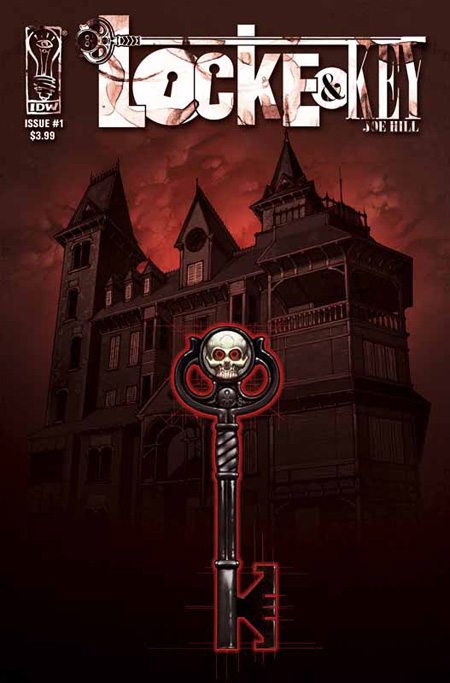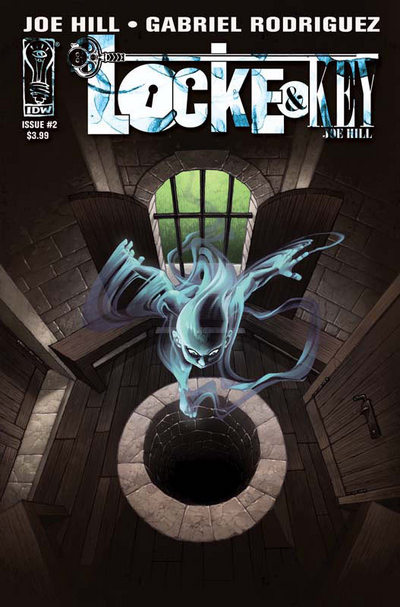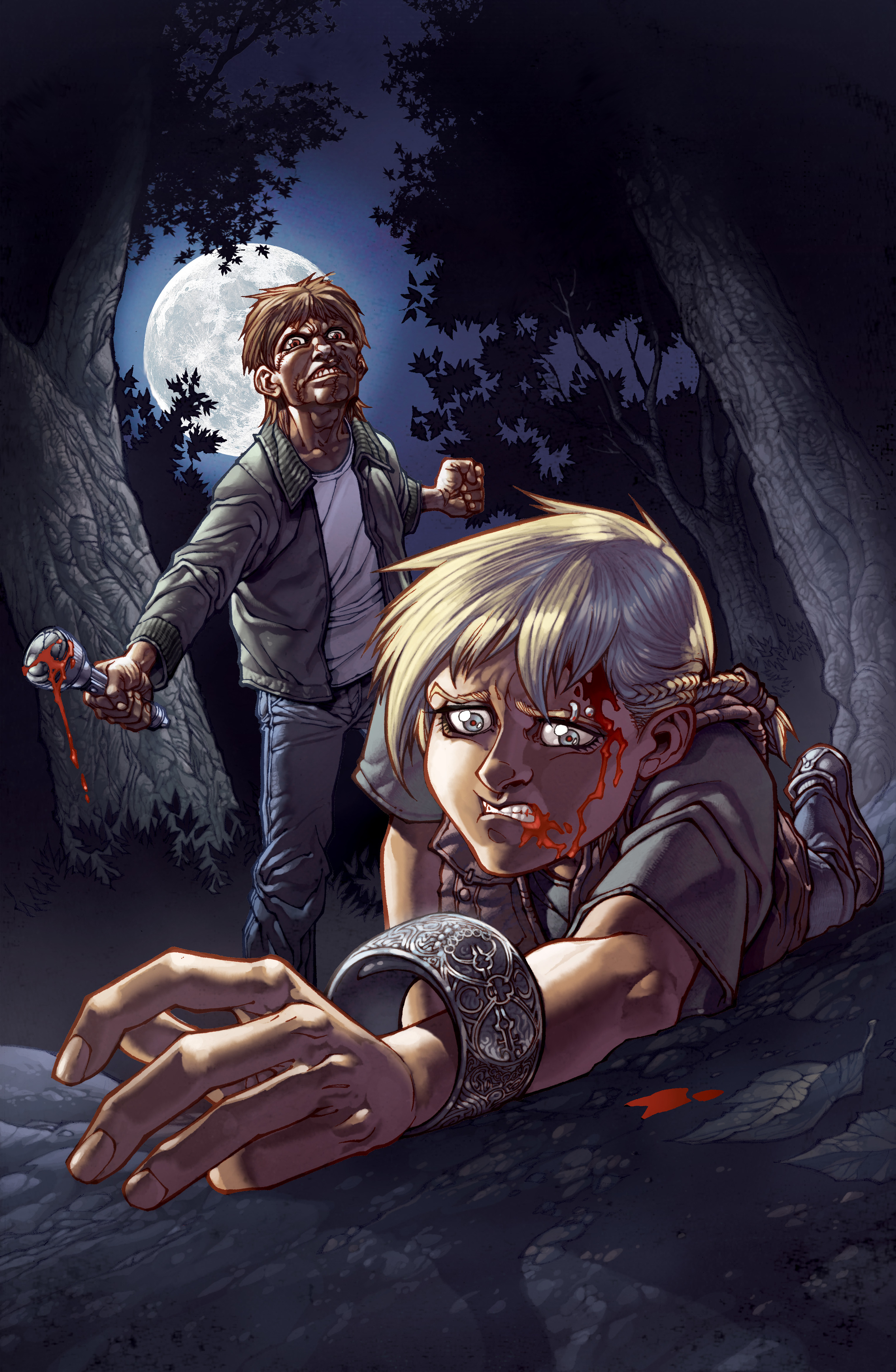Never Trust Ladies Who Live Down A Well!
/
Continuing last week’s Pluto tradition of me writing about stuff long after everybody else has discovered and blogged about it, I’m going to talk today about IDW’s Locke & Key. This horror/fantasy series by Joe Hill and Gabriel Rodriguez debuted last year with a six-issue miniseries, Welcome To Lovecraft, and is available in a slick hardcover volume. That first miniseries is up for this year’s Eisner award for Best Miniseries, and Joe Hill received a nod for Best Writer, so I guess this review isn’t entirely un-timely.
Locke & Key is one of those occasional series from relative newcomers that somehow reads as though it was crafted by seasoned old professionals who know their way around every trick in the funnybook business. That’s not to say that Hill and Rodriguez are complete novices—after all, Hill is a bona-fide New York Times bestselling novelist, and Rodriguez has done a few IDW projects before this, but this series announces the both of them as comics talents to be reckoned with. I read the first issue of Welcome To Lovecraft when it was released in single issue form, and was intrigued by the capable, confident storytelling and the supernatural premise, but by the time issue two rolled around, our store was swamped with demands for the series and I sold every copy before I could get a look at it. After that, the series just kinda got away from me, but after my pal Eric (check out his amazing illustrations at http://www.ericorchard.blogspot.com/) lent me Hill’s awesome short story collection, 20th Century Ghosts (if you’ve got a hankering for some very Bradburyesque horror/fantasy, you owe it to yourself to check this out), I resolved to have another crack at Locke & Key.

The first series, Welcome To Lovecraft, introduces readers to the Locke family as tragedy engulfs them. When guidance counselor dad Rendell is murdered by a disturbed student named Sam Lesser, the remaining family members—Ty, Kinsey, Gabe, and their mother—head to the town of Lovecraft, Massachusetts to live with uncle Duncan in the ominously-named family estate Keyhouse. Once there, plucky youngster Gabe is the first to discover the house’s mysterious properties—such as a certain door that renders your body lifeless but frees up your ghost to float around, as well as a sinister phantom named Echo who lives in a well. Turns out Echo is also in contact with psycho Sam Lesser up in the correctional facility, and she recruits him to bevil the Locke clan once more—this time, to find her a very special set of keys that Rendell may have hidden in the house years ago.

Often, when writers from other media try their hand at comics, there is a pretty steep learning curve. However, Hill has managed, in true Dr. Frankenstein fashion, to stitch together what he has learned from writing prose fiction with what he has loved about the comic form his whole life. The result is an engaging and readable narrative that glides effortlessly back and forth between past and present, and is filled with chilling reveals and cleverly seamless transitions. Each issue spotlights a different character, giving us their perspective on the awful events that brought them to Keyhouse and gradually revealing different facets of their personalities; for instance, we know that Ty is particularly haunted by his father’s murder, but it’s not until issue four that we learn exactly why. Gabriel Rodriguez’s highly detailed and expressive art looks like a weird hybrid between Rick Geary and Bob Fingerman, of all people. He gives all of the characters their own unique look and sets of expressions, while still managing to make the members of the Locke family look related to one another. Rodriguez also give the location of Keyhouse loads of personality, with its sinister gables and turrets and ominously-illustrated doors.
If I have a complaint about Welcome to Lovecraft, it’s that it doesn’t really stand all that well on its own—a sequel, Head Games, is on its fourth issue as I write this, and it presumably delves more into the mystery of Keyhouse (which apparently “chose” Duncan, not Rendell, to live there—why? And how?), the connection between Rendell Locke and the gender-swapping ghost Echo (look for some well-placed foreshadowing of this in issue three), and the purpose of the key Bode fishes out of the lake at the end of issue six. That isn’t much of a complaint, though, since I enjoyed the first series enough that the lack of closure is more of an enticement than a put-off. Locke & Key: Welcome To Lovecraft is a creepy good time, a macabre mixture of supernatural horror and family drama that hints at a much more intricate and generational tapestry of terror.




